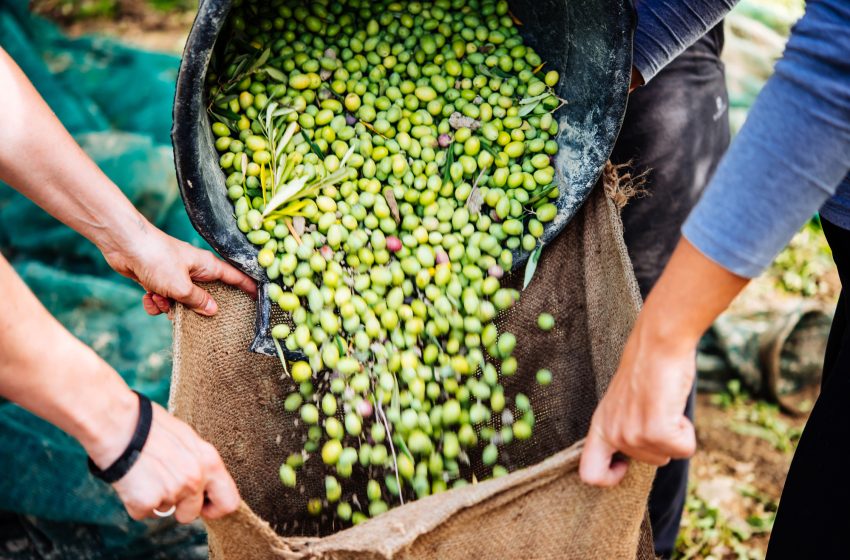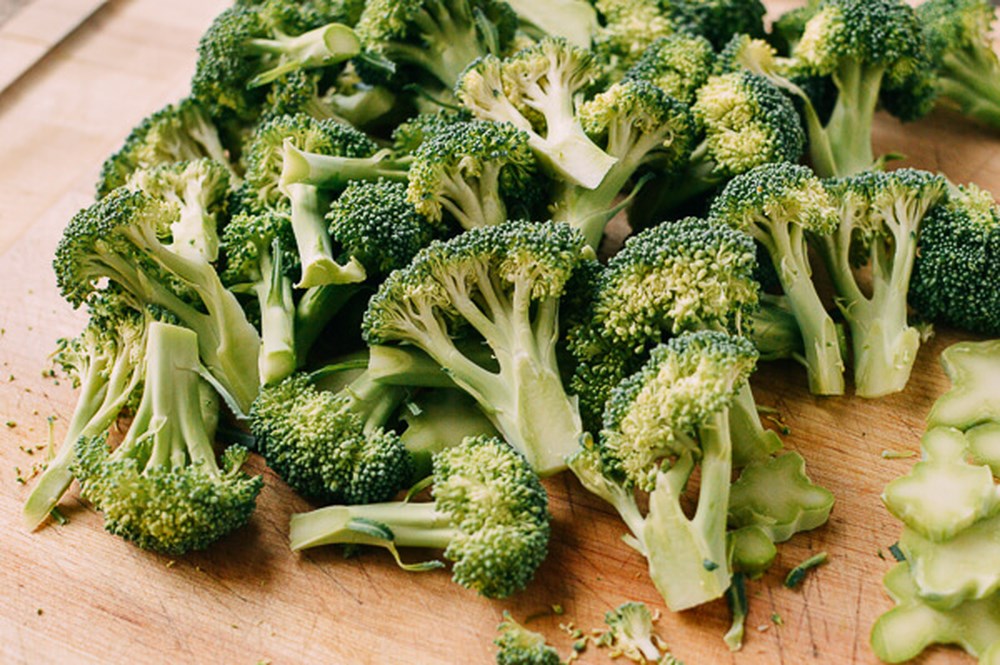Harvest recipes :6 awesome gourmet veggies to plant in the garden

When choosing which types of edibles to grow, we like to let our tastebuds do the talking—er, choosing. Not only do we plant our tried and true favorites, we also like to test out new varieties (not necessarily new to market, but new to us). You’d be surprised by the subtle flavor differences among different cherry tomatoes, for example.
We also fancy ourselves to be quite creative with our harvests in the kitchen. We pick to preserve, sauté, grill, slice, steam, stuff, mash, and barbecue. We’ve teamed up with the Home Grown Seed Collection by P. Allen Smith to show you a few fun gourmet veggies to grow. We’ve also gathered some suggestions to help you figure out what to do with them come harvest time. Don’t let any of your precious crops to go to waste!

Here are 6 gourmet veggie picks to add to your garden
Sauté it:
Aspabroc F1 Baby Broccoli ‘Broccolini’
Aspabroc is a true gourmet vegetable that thrives in the spring and fall garden. This is the original Broccolini, a cross between broccoli and gai lan (aka Chinese broccoli) and is grown for its long-stemmed, broccoli-like flower buds. It’s pretty easy to grow, doesn’t mind a bit of cool weather, and doesn’t take up a lot of space in the garden. To encourage a long harvest of those yummy side-shoots, harvest the centre stalk just as it begins to mature. Then, apply a dose of liquid organic fertilizer to push the plant into high production.

Cooking with Broccolini: You can eat both the ends and the tender stalks that resemble asparagus (hence the name aspabroc!). It is delicious sautéed with a bit of olive oil, and salt and pepper—add some crushed garlic for even more of a kick. Many recipes will tell you to give it a dunk in boiling water for a couple of minutes, followed immediately by a cold rinse before tossing it in the frying pan. Serve it as a side dish, create a bed of Broccolini and add a scoop of quinoa salad on top, or drape it over a burger as a fancy topping.
Stuff it:
‘Right on Red’ (Hybrid) pepper
These peppers also go by the delicious moniker “Hungarian cheese pepper.” And everything tastes better with cheese. It looks a little different than your standard red or green pepper—it’s more squat than long and elegant. However that makes it perfect for stuffing. Seeds should be started indoors (10 to 12 weeks before the last frost), and the plants love the heat. Plants will grow to be 18 to 24 inches with lots of early-to-mature fruits that hang like tree ornaments, and can be placed in the garden or in containers.

Cooking with ‘Right on Red’ peppers: The walls of this pepper are thick and there is space to add your favorite toppings—cooked quinoa with chickpeas, parsley, and feta, or ground beef, rice, and cheddar cheese topped with your favorite salsa. With a paring knife, trim around and remove the stem area. Scoop out the membrane and seeds. Brush the bottoms with olive oil and grill them for a few minutes on the barbecue, remove to add the filling, and then grill for a couple more minutes. For a cold option, where you don’t cook the pepper at all, simply fill the hollowed out pepper with a tuna salad or other yummy filling. You could also use these peppers as colorful serving bowls for fresh summer dips!
Purée it:
‘Little Dipper’ (Hybrid) butternut squash
While this variety of butternut squash does not produce behemoths—it produces fruit that weighs about two pounds each—the vines are vigorous and harvests are prolific. ‘Little Dipper’ seeds can be planted directly in the garden once all threat of frost has passed and the soil has warmed up. Plants prefer a well-draining soil. Enrich the area with compost before planting five to six seeds per hill.

Cooking with ‘Little Dipper’ squash: There is nothing like that rich, hearty, harvest flavor of a butternut squash soup. You don’t need too many ingredients, either. Most recipes simply call for roasting cubes of squash with garlic and onions that are then puréed with a vegetable stock and perhaps some fresh herbs. You can also stuff some of your squash harvest, just as you do with peppers.
Grill it:
‘Shikou’ (Hybrid) eggplant
The plants of this Asian-type eggplant produce long, elegant, deep purple fruit (about six to eight inches long) with a white interior. Seeds should be sown indoors eight to 10 weeks before the last frost. Plants like a well-drained soil and prefer a hot and sunny, but sheltered area. They mature in about 70 to 80 days.




Leave a Reply